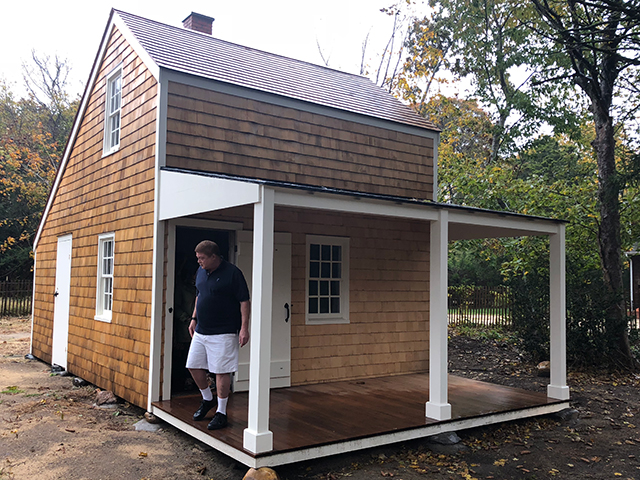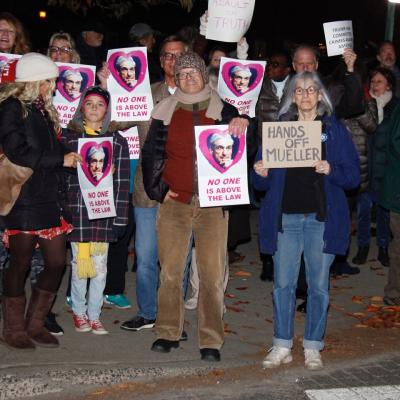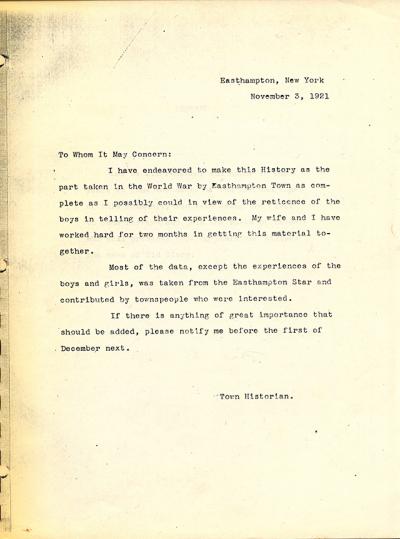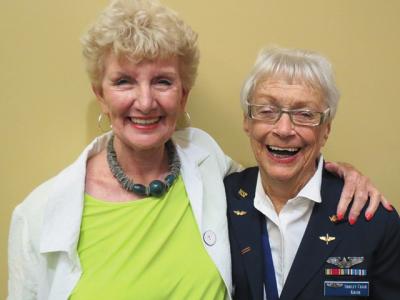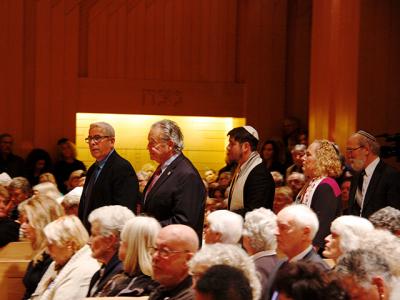Wed at Graceland Chapel
Wed at Graceland Chapel

After 20 years together, Philip Edward Judson and James David Maloney of East Hampton were married at the Graceland Chapel in Las Vegas on Oct. 4.
Mr. Judson’s parents, JoAnne and Richard Judson, live in Chicago. Mr. Maloney’s parents, Carlene and Joseph Maloney, live in Auburn, Me.
Mr. Judson earned a degree in fashion merchandizing from the Fashion Institute of Technology in Manhattan and is in real estate sales at Halstead Properties. Mr. Maloney is a deputy director at the International Monetary Fund. He holds a bachelor’s degree in marketing from Bentley University.
The couple met in a bar in Boston, when Mr. Maloney was living there and Mr. Judson was visiting from Manhattan. They are planning a celebration with family and friends at a future date.

